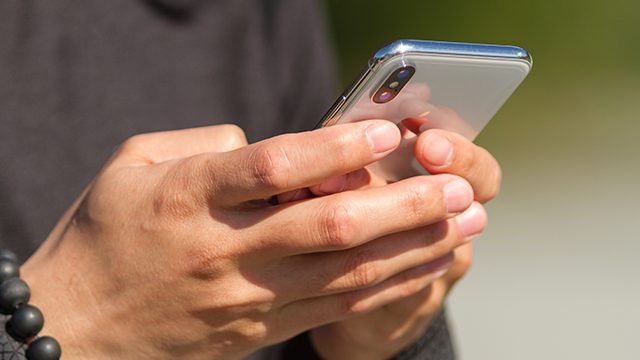SUMMARY
This is AI generated summarization, which may have errors. For context, always refer to the full article.

MANILA, Philippines – A study released in August by analytics company Opensignal addresses the idea that a smartphone’s quality affects a user’s mobile network experience.
The study, done from April 1 to June 30 of 2019, took nearly 118 million measurements across nearly 23.4 million devices worldwide to get a handle on how mobile phone quality – from the device maker to the smartphone’s “tier” for technologies used in a given device device – improves or degrades one’s experience when going mobile on a network.
What Opensignal took into consideration
Handset technologies related to network experience include the following, according to its report:
- The ability to connect to more frequency bands (though with over 40 4G bands in use, even industry veterans often struggle to keep track of the importance of every one);
- The ability to connect to more than one radio band at once – called carrier aggregation;
- Technologies that improve the performance on any given radio frequency such as the modulation type (e.g. 64 or 256 QAM) and the use of multiple simultaneous antennas (e.g. 2×2 or 4×4 MIMO);
- The choice of modem supplier and chipset (for example, Qualcomm, Intel, Huawei HiSilicon, Samsung Exynos or Mediatek)
Download speeds in PH of the big 3 makers
When comparing the 3 major phone makers – Apple, Huawei, and Samsung – Opensignal looked at the download speed of the companies’ devices in the Philippines.
In this, Samsung and Apple edged out Huawei in download speeds, with statistically similiar speeds of 11 Megabits per second (Mbps) – about 1.5 Mbps faster than a Huawei user’s phone.
Smartphone tier matters for speed
Opensignal also split smartphone users into 3 tiers of quality based on the smartphone’s mobile network capabilities, with high-tier models sporting an LTE Category 16 or above – described as a “Gigabit” class smartphone.
As the company explained, “Because high-tier models include more network technologies, they are more sensitive to mobile network improvements and are, in effect, a leading indicator of what the mobile network experience will be in the future.”
High-tier smartphone users in the Philippines generally experience speeds of 15.8Mbps, and are ranked 63rd out of 73 countries.
This also meant high-tiered smartphones beat out lower-tiered smartphones, as high-tier users experienced download speeds 2.4 times faster than the low-tier smartphone.
Quality difference among makers per tier
That said, there is also an accessibility issue in play.
Based on Opensignal’s report, you may want to grab a particular smartphone brand for a given tier to get the best speeds.
High-tier Samsung users had generally faster speeds than Apple and Huawei users. Samsung’s high tier had global download speeds of 26.6 Mbps versus 25.1 Mbps for Apple and 24.4 Mbps for Huawei.
In mid-tier phones Apple edged out Samsung and Huawei.
Huawei, meanwhile, provided faster speeds among the big 3 when comparing low-tier phones.
Those who want a deeper dive into the topic of smartphone’s network experience can check out the full report at this page. – Rappler.com
Planning to upgrade? Buy your next phone during the Abenson sale.
Add a comment
How does this make you feel?
There are no comments yet. Add your comment to start the conversation.